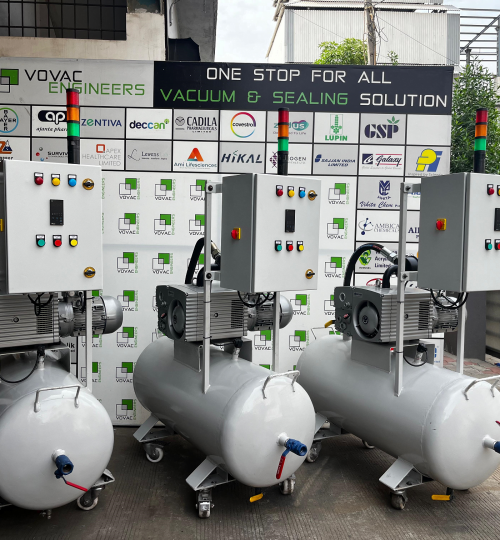Understanding the Importance of Water Pump Service in the United States

Water pumps play a vital role in various applications throughout the United States, from residential water supply and agricultural irrigation to commercial operations and industrial systems. Regardless of their use, all water pumps share one common requirement: regular service. Without routine water pump service, these systems are prone to inefficiency, mechanical failure, and costly downtime.
In an era where water conservation and system reliability are increasingly important, ensuring that water pumps function optimally is not just a matter of convenience—it’s a necessity. This blog explores why water pump service matters, what it involves, how often it should be performed, and the consequences of neglecting it.
What Is Water Pump Service?
Water pump service refers to the maintenance, inspection, troubleshooting, and repair activities performed to keep a water pump system operating at peak performance. Depending on the type of pump and its application, service tasks may include cleaning components, checking for leaks, inspecting electrical connections, replacing worn parts, and testing pressure or flow rates.
There are several types of water pumps used across the U.S., including:
-
Centrifugal pumps
-
Submersible pumps
-
Jet pumps
-
Booster pumps
-
Well pumps
-
Sump pumps
Each type has unique service requirements, but the underlying goal remains the same: to prevent system failure and extend the life of the pump.
Why Water Pump Service Is Essential
Whether used in a single-family home or an industrial facility, a water pump is often a critical component of daily operations. Regular service ensures:
1. Reliable Water Supply
A malfunctioning pump can disrupt access to clean water. In agricultural or municipal systems, this can have far-reaching consequences, including crop damage and public health concerns.
2. Energy Efficiency
Over time, pumps can lose efficiency due to buildup, wear, or misalignment. Proper servicing helps maintain optimal flow rates while minimizing energy consumption.
3. Equipment Longevity
Routine maintenance extends the lifespan of water pumps by addressing minor issues before they evolve into serious problems.
4. Cost Savings
Scheduled service is far more affordable than emergency repairs or complete pump replacement. It also reduces downtime, which can be expensive in commercial and industrial settings.
Common Components Checked During Service
Comprehensive water pump service involves a detailed inspection of several components and performance factors. These typically include:
1. Impellers and Seals
Impellers are critical for moving water efficiently. Over time, they can become worn, corroded, or clogged with debris. Seals must be intact to prevent water leakage and contamination.
2. Bearings and Shaft Alignment
Misalignment or worn bearings can lead to vibrations, increased noise, and premature failure. Proper alignment ensures smooth and quiet operation.
3. Electrical Systems
For electrically powered pumps, service includes checking motor connections, voltage, current draw, and insulation resistance. Faulty wiring can pose safety risks and impact performance.
4. Valves and Pressure Switches
Control valves, check valves, and pressure switches must operate properly to regulate flow and prevent system overload.
5. Suction and Discharge Lines
Blockages or leaks in the piping system can reduce flow efficiency and place additional strain on the pump motor.
6. Control Panels and Monitoring Systems
For larger or automated systems, digital controls and sensors are reviewed to ensure accurate readings and responsive controls.
Recommended Water Pump Service Schedule
The frequency of water pump service depends on usage patterns, water quality, and environmental conditions. However, general guidelines are as follows:
Residential Pumps:
-
Inspection every 6–12 months
-
Minor servicing (filter cleaning, pressure check) annually
-
Full system service every 2–3 years or as needed
Commercial and Agricultural Pumps:
-
Monthly checks for high-use systems
-
Quarterly or biannual servicing for medium to heavy-duty applications
-
Annual comprehensive inspection including electrical and mechanical testing
Industrial Pumps:
-
Continuous monitoring systems are often in place
-
Preventive maintenance programs are typically scheduled on a monthly or quarterly basis
-
Annual performance reviews including vibration analysis, thermography, and flow rate testing
Service logs should be maintained to track performance over time and predict future maintenance needs.
Regional Considerations for the U.S. Market
Water pump service requirements in the United States can vary based on regional factors such as climate, groundwater conditions, and usage demands.
Northern States:
Colder climates increase the risk of freezing in uninsulated systems. Winterizing outdoor pumps and checking antifreeze systems are essential service tasks.
Southern and Southwestern States:
Higher temperatures and longer dry seasons lead to more frequent pump operation, especially in irrigation systems. Sand and silt are common concerns that require frequent filter and impeller inspection.
Midwestern States:
Agricultural usage dominates in many areas, requiring constant monitoring of well pumps and booster systems, especially during planting and harvest seasons.
Coastal Areas:
Corrosion from salty air and high humidity levels is a common issue. Pumps near coastal zones need corrosion-resistant components and more frequent inspections.
Signs That Water Pump Service Is Needed
Even with a regular maintenance schedule, problems can arise between service intervals. Recognizing the early warning signs can prevent major failures. Key indicators include:
-
Fluctuating water pressure
-
Unusual noises such as grinding or humming
-
Short cycling or frequent restarts
-
Leaking water around seals or fittings
-
Higher electricity bills with no change in usage
-
Visible rust or corrosion
-
Low flow rates or no water delivery
Prompt service following these signs can prevent pump burnout, water contamination, and structural damage from leaks or overflows.
Consequences of Neglecting Water Pump Service
Neglecting water pump service doesn’t just compromise system efficiency—it can have serious implications, especially in high-stakes environments.
1. Complete Pump Failure
Failing to address wear and tear can cause catastrophic breakdowns that require full replacement.
2. Water Contamination
Damaged seals or corroded components can introduce contaminants into potable water systems, posing health risks and violating local water safety codes.
3. Infrastructure Damage
Leaks from failing pumps can lead to water damage in basements, foundations, or agricultural structures.
4. Legal and Regulatory Issues
For commercial and municipal systems, non-compliance with service regulations can result in fines or shutdowns.
Best Practices for Water Pump Maintenance Programs
Developing an organized and consistent maintenance strategy is key for long-term performance. Best practices include:
-
Creating a documented service schedule
-
Training personnel on basic troubleshooting and monitoring
-
Implementing remote monitoring tools for high-use systems
-
Partnering with experienced service technicians for complex issues
-
Regularly updating maintenance procedures to reflect equipment upgrades or changes in water quality
Conclusion
Across the United States, water pump service is a crucial aspect of ensuring reliable water distribution, energy efficiency, and system longevity. Whether in a rural well system, a suburban basement sump pump, or a large-scale irrigation network, maintaining water pumps through regular service is essential to prevent failures, reduce costs, and protect vital resources.
By understanding what water pump service entails, recognizing the signs of trouble, and following a consistent maintenance schedule, users can ensure their systems operate safely and efficiently year-round.
- Vibnix Blog
- Politics
- News
- Liberia News
- Entertainment
- Technology
- Éducation
- Art
- Causes
- Crafts
- Dance
- Drinks
- Film
- Fitness
- Food
- Jeux
- Gardening
- Health
- Domicile
- Literature
- Music
- Networking
- Autre
- Party
- Religion
- Shopping
- Sports
- Theater
- Wellness



